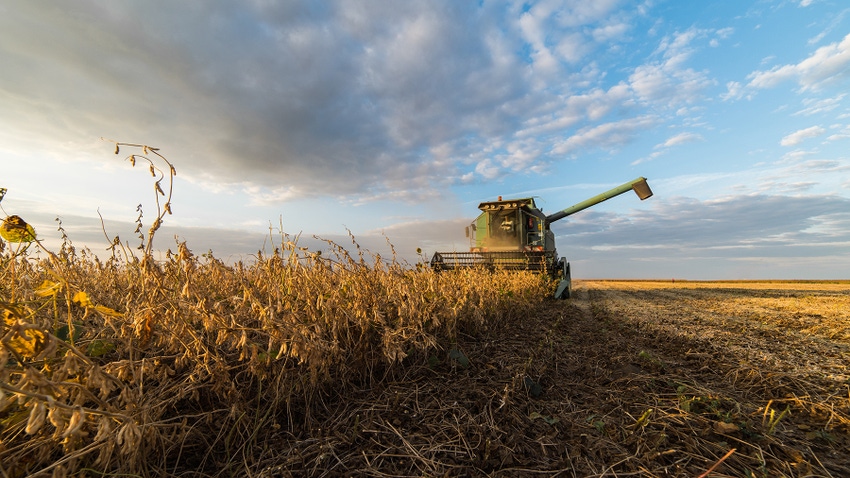December 26, 2023

USDA said it will begin issuing more than $223 million in Pandemic Assistance Relief Program or PARP payments to farmers who experienced a decrease in allowable gross revenue due to Covid-19 in the 2020 calendar year.
Earlier, Agriculture Department spokesmen said the program, which was open for applications from January through July 14 of this year, had been oversubscribed with requests for funding greatly exceeding the $250 million authorized for the PARP.
“We are issuing a press release today, indicating that PARP payments are coming out for 2023,” said Agriculture Secretary Tom Vilsack, speaking with reporters following a speech at the annual meeting of the National Black Growers Council in Memphis, Tenn., on Dec. 13.
“That’s the good news. The difficult news is that these payments will be significantly less than what they were in 2021 with the reason being that Congress appropriated significantly less money for this in 2022 than they did in the previous year. So. people may be surprised at the level of payment, but it has to do with the level of funding available for the program.”
Requirements
Under the PARP, applicants had to have been in the business of farming during at least part of the 2020 calendar year and had a 15% or greater decrease in allowable gross revenue for the 2020 calendar year compared to a baseline year (Typically, 2018 or 2019).
PARP benefits help address gaps in previous pandemic assistance, which was targeted at price loss or lack of market access rather than overall revenue losses, USDA said.
The Agriculture Department press release said the program was designed to deliver financial assistance to a broader set of producers, including underserved communities, small and medium-sized growers and farmers and producer of livestock and less traditional crops.
“USDA realizes the importance of PARP payments, especially since they are benefitting producers who may not have received assistance through other USDA pandemic assistance programs,” said Farm Service Agency Administrator Zach Ducheneaux.
“PARP implementation marks the delivery of the final program in a suite of pandemic assistance programs provided by FSA and is also one of the first times FSA has delivered a program focused on decreases in revenue. The number of PARP applications we received shows there is producer need or an interest in programs that consider other indicators of disaster impacts on their business, like decreases in revenue.”
Payment factor
Ducheneaux said FSA received more than 38,500 PARP applications, which triggered payments totaling nearly $7 billion. “Therefore, consistent with PARP regulations, and to ensure equitable funding distribution to all eligible producers, a 9.5% payment factor has been applied to all payments.”
These payments are in addition to the $31.9 billion in pandemic assistance USDA has already provided to eligible producers through the Coronavirus Food Assistance Program 1 and 2 as well as the FSA programs in the Pandemic Assistance for Producers Initiative, according to USDA.
“It is important to remember that, as part of filling gaps in equitable service to all pandemic-impacted producers, we were able to increase the number of specialty crop and underserved producers benefitting from pandemic assistance and bring new producers to FSA through our Service Center doors,” said Ducheneaux.
While noting the PARP assistance greatly exceeds the available resources, Ducheneaux said “We left no stone unturned in our efforts to find additional funding. We worked to assist as many producers in need of help as possible in designing PARP, which requires the current decision to heavily factor payments consistent with program regulations.”
Spokespersons for groups working with minority borrowers in the Inflation Reduction Act’s Section 22007 program have said many of those borrowers had applied for PARP payments to help them make delinquent payments on FSA-guaranteed loans.
FSA borrowers or would-be borrowers have until Jan. 13 to complete applications for the Section 22007 program. Vendors administering the program and groups that have been assisting borrowers are reminding them they do not need an attorney or accounting firm to help them complete their applications.
For more information on these and other FSA programs, visit your local USDA Center or https://www.farmers.gov/working-with-us/service-center-locator.
About the Author(s)
You May Also Like






